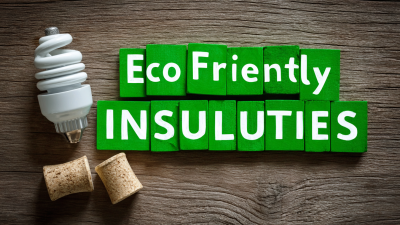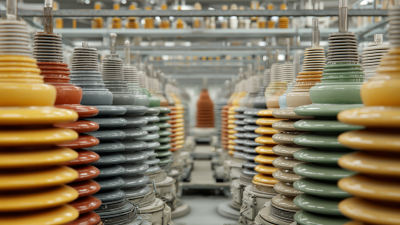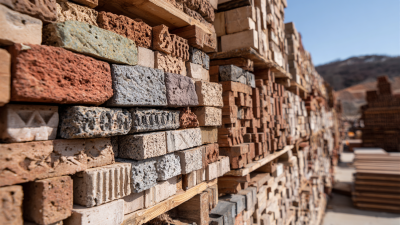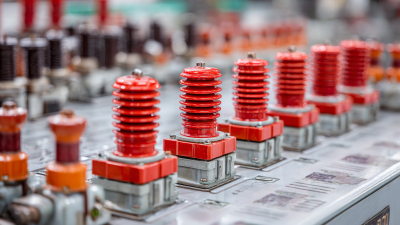Leave Your Message
As the global demand for sustainable building materials continues to rise, the focus on Eco Friendly Insulators is becoming increasingly pertinent. According to a report by Grand View Research, the global insulation market is projected to reach USD 70 billion by 2027, with eco-friendly options gaining significant traction due to their environmental benefits and energy-saving potential. The China Import and Export Fair, one of the largest trade fairs in the world, will showcase innovative solutions in insulation technology, highlighting the latest trends in Eco Friendly Insulators. This event is expected to attract numerous industry stakeholders, reflecting a growing commitment to sustainability within the construction sector. Such developments align with international goals to reduce carbon footprints and promote energy efficiency, making the exploration of Eco Friendly Insulators at the 138th Canton Fair in 2025 a critical focal point for industry experts and consumers alike.
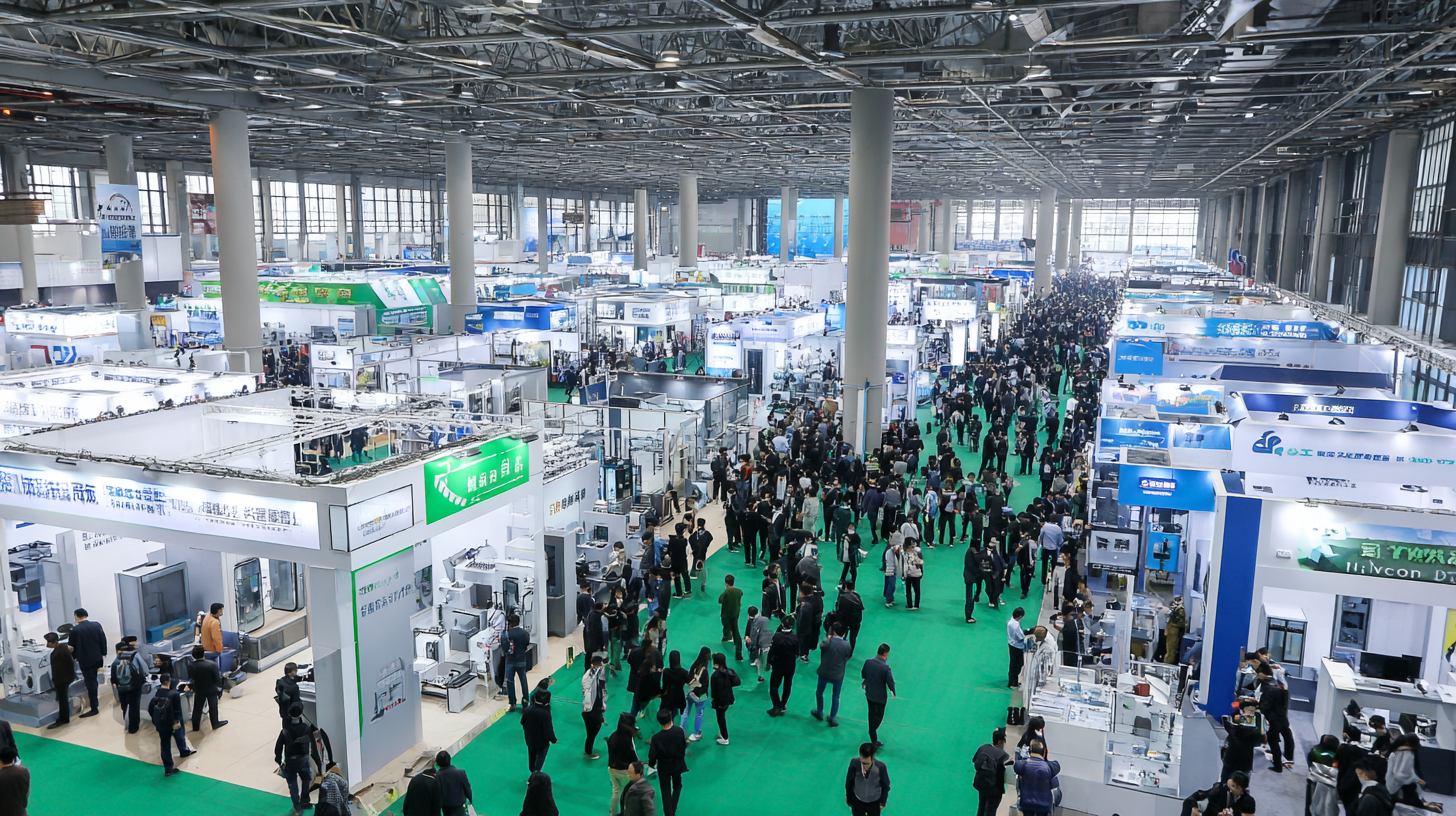
The 2025 China Import and Export Fair is set to highlight significant innovations in the field of eco-friendly insulators, reflecting a growing global emphasis on sustainability. The global insulated packaging market, valued at $16.01 billion in 2024, is projected to grow to $16.90 billion in 2025, with expectations to reach $25.95 billion by 2030. This growth underscores an increasing demand for sustainable materials in various industries, especially textiles and packaging, where brands are pivoting away from traditional insulators to more sustainable alternatives.
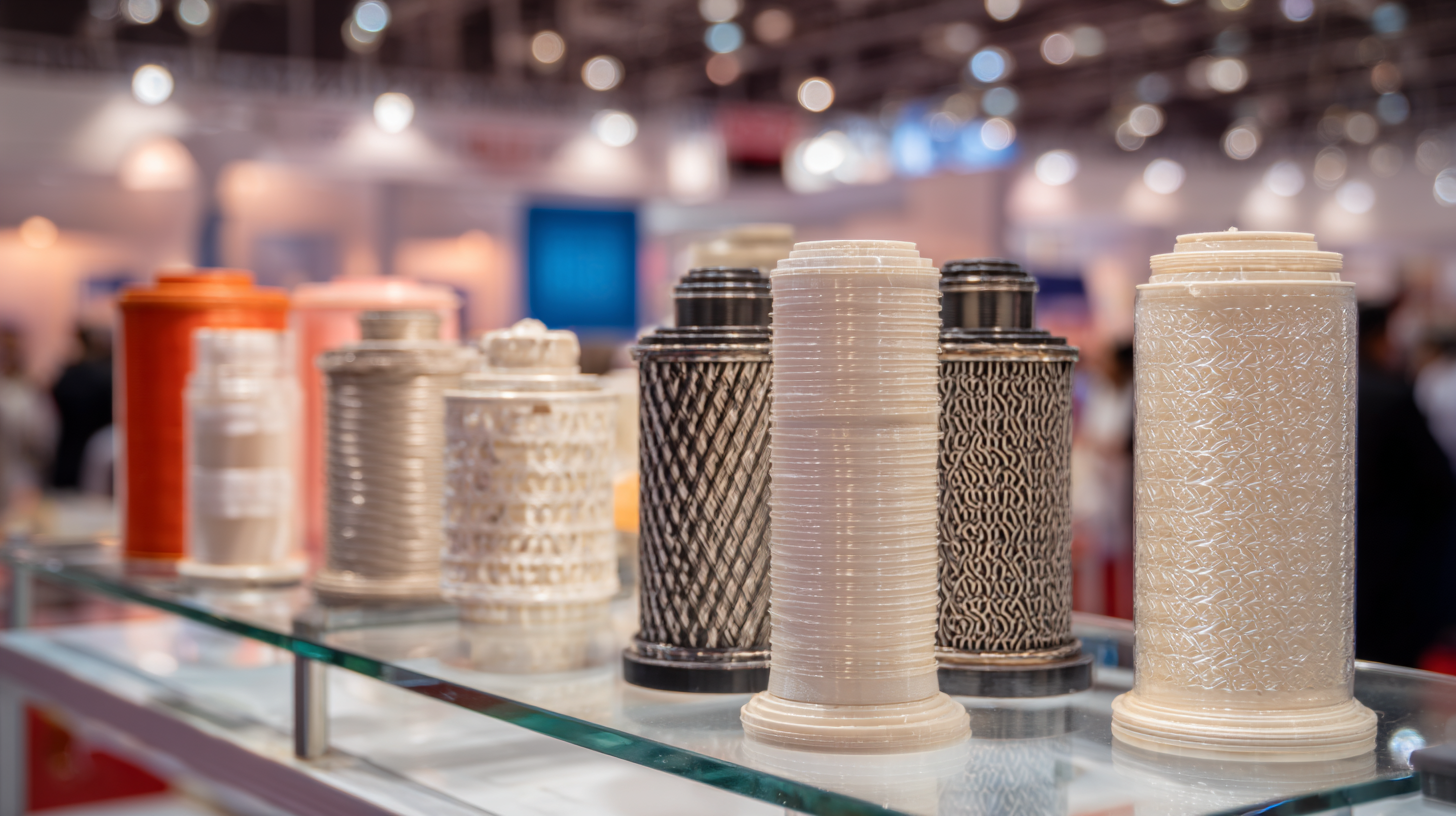
At the fair, companies are expected to showcase cutting-edge technologies that enhance the performance of eco-friendly insulators while minimizing environmental impact. Innovations in bio-based materials will take center stage, with leading producers committing substantial resources to meet market demands. The efforts from industry giants will likely serve as a catalyst for broader adoption of sustainable practices across sectors, fostering a culture of eco-conscious consumerism.
Tips for Eco-Friendly Insulation Choices:
- Look for certifications that indicate sustainable sourcing and manufacturing processes.
- Consider the entire lifecycle of the insulation material you choose, focusing on recyclability and biodegradability.
- Stay informed about trends and regulations in your region regarding eco-friendly materials to stay ahead in sourcing sustainable solutions.
The demand for sustainable insulation materials is significantly driving the trends in the construction industry as seen in reports projecting substantial growth in various related markets. The global silica aerogel market is anticipated to expand from $875.5 million in 2025 to $2.06 billion by 2032, showcasing a remarkable compound annual growth rate (CAGR) of 13.0%. This sharp increase underscores the rising preference for energy-efficient and eco-friendly building solutions.
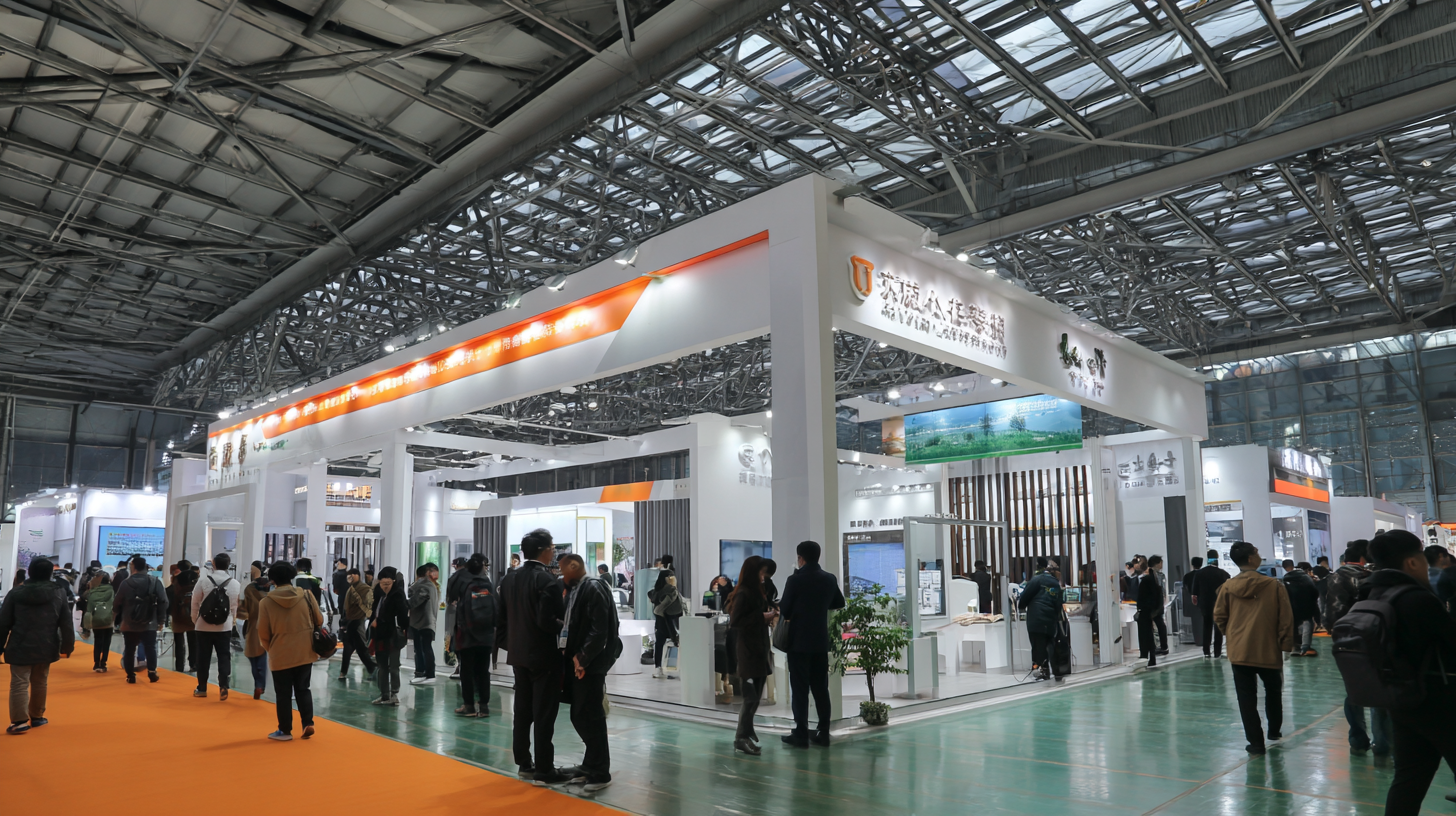
In addition, the sustainable building insulation market is expected to grow from $59.7 billion in 2024 to $93.9 billion by 2032. This trend reflects a broader shift in the building materials industry towards sustainability, driven by increasing regulations and consumer demand for greener options. With various segments, including vacuum insulation panels and recycled plastics, witnessing accelerated growth, the future of construction is leaning heavily towards adopting eco-friendly practices, setting a clear trajectory for the industry's evolution in the coming years.
The exploration of eco-friendly insulators at the 2025 China Import and Export Fair reveals a growing interest in sustainable building materials. As awareness of environmental issues grows, the comparison between eco-friendly insulation materials and traditional options becomes increasingly vital. Eco-friendly insulators, often made from natural or recycled materials, are gaining traction due to their lower environmental impact, improved energy efficiency, and potential for better indoor air quality.
When assessing the performance of eco-friendly insulation versus traditional materials like fiberglass or foam, key factors include thermal resistance, moisture control, and overall durability. Eco-friendly options often demonstrate comparable or superior thermal performance, allowing for reduced energy consumption in heating and cooling. Moreover, many of these materials minimize the off-gassing of harmful chemicals, providing a healthier living environment. As the construction industry shifts towards sustainability, the 2025 fair serves as a crucial platform for showcasing innovations that challenge traditional insulation standards and promote eco-conscious building practices.
The 2025 China Import and Export Fair will showcase a variety of eco-friendly insulators that not only meet industry standards but also prioritize environmental sustainability. These innovative materials are designed to reduce energy consumption and enhance thermal performance in buildings. With increasing global awareness about climate change, the adoption of eco-friendly insulators has become imperative. Manufacturers are focusing on materials that minimize waste, such as recycled options and those sourced from renewable resources, making them more attractive in terms of environmental impact.
In addition to their ecological benefits, eco-friendly insulators also offer cost-effectiveness over time. Although the initial investment may be higher compared to traditional insulation materials, the long-term savings in energy costs can be substantial. Homeowners and businesses are increasingly recognizing the value of these solutions as they contribute to lower utility bills and longer lifespans of buildings. By investing in eco-friendly insulators, consumers not only support the shift towards sustainable practices but also enjoy a more comfortable and energy-efficient environment. The trends observed at the fair will undoubtedly influence future construction practices and push the industry towards greener alternatives.
The evolving landscape of eco-friendly insulation standards in China reflects a growing recognition of the impact of environmental policies on sustainable development. Recent analyses of China's leadership reveal a commitment to addressing climate change and environmental degradation, which propels the need for stricter insulation regulations to minimize energy consumption and reduce carbon emissions. By aligning domestic standards with international benchmarks, China aims to enhance the effectiveness of its green fiscal policies, providing economic incentives for businesses to adopt sustainable practices.
Furthermore, the integration of environmental performance within corporate governance is essential to fostering innovation in the insulation sector. As the country navigates its sustainable development strategies, the influence of green finance initiatives plays a critical role in promoting eco-friendly technologies. Companies are increasingly focused on benchmarking their practices against global counterparts, which accelerates the adoption of advanced, sustainable insulation materials. This shift not only supports environmental goals but also strengthens China's competitive position in the global market for green products.

